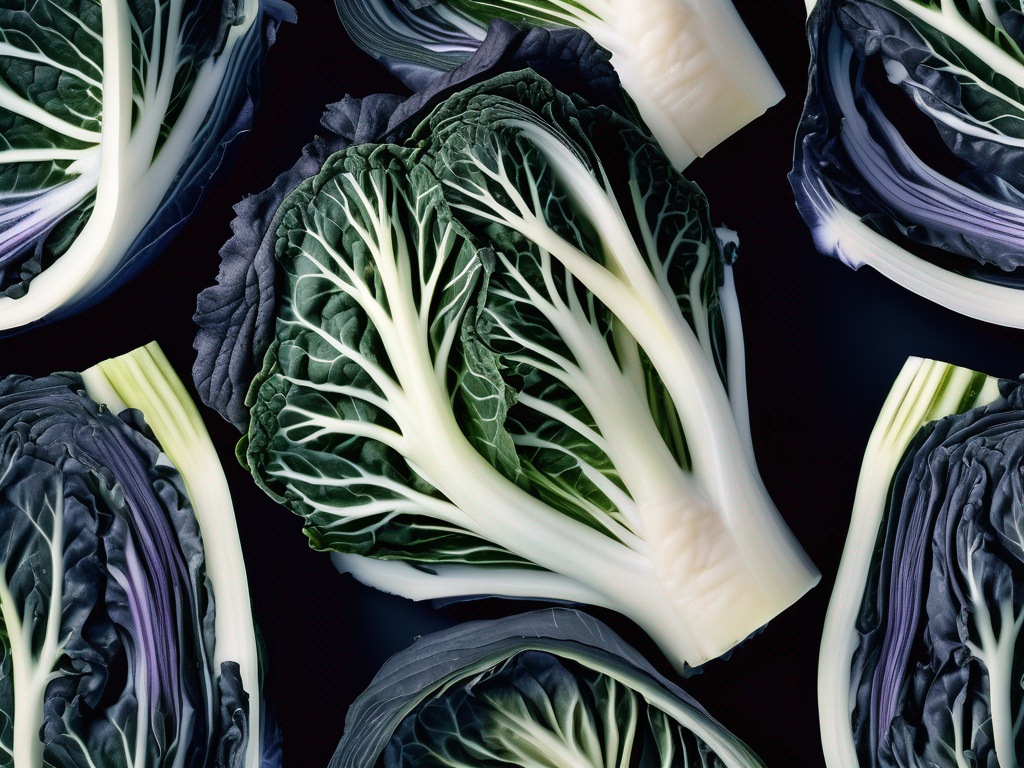
How to Store Black Cabbage to Prevent Wilting and Mold Growth
Get Your Free Food Safety Cheat Sheet
30 most common foods with instant answers. Print it and stick it on your fridge—completely free!
How to Store Black Cabbage to Prevent Wilting and Mold Growth
Black cabbage, also known as cavolo nero or Tuscan kale, is a nutritious and versatile leafy green vegetable that is popular in many culinary dishes. To fully enjoy its flavor and reap its health benefits, proper storage is essential. Improper storage can lead to wilting, loss of nutrients, and mold growth, which can pose health risks. In this guide, we will explore effective ways to store black cabbage to maintain its freshness and quality. (Black cabbage)
Why Proper Storage Matters
Proper storage of black cabbage is crucial for several reasons:
- Maintains Freshness: Storing black cabbage correctly helps retain its crisp texture and vibrant color, ensuring it stays fresh for a longer period.
- Preserves Nutrients: Improper storage can lead to nutrient loss, diminishing the nutritional value of the vegetable.
- Prevents Mold Growth: Black cabbage is susceptible to mold growth when exposed to moisture, leading to spoilage and potential health hazards.
- Reduces Food Waste: By storing black cabbage properly, you can extend its shelf life and minimize food waste.
Best Practices for Storing Black Cabbage
1. Selection and Preparation
Before storing black cabbage, ensure that you select fresh, high-quality leaves. Follow these steps for proper preparation:
- Choose black cabbage with vibrant, crisp leaves and no signs of wilting or yellowing.
- Wash the leaves thoroughly under running water to remove any dirt or debris.
- Pat the leaves dry with a clean kitchen towel or paper towel to remove excess moisture.
2. Storage Methods
Proper storage methods are essential to maintain the freshness of black cabbage. Consider the following options:
Refrigerator Storage
- Place the washed and dried black cabbage leaves in a breathable plastic bag or container.
- Store the bag or container in the crisper drawer of your refrigerator.
- Avoid washing the leaves before storage to prevent excess moisture buildup.
Freezing Black Cabbage
- Blanch the black cabbage leaves in boiling water for a few minutes.
- Plunge the blanched leaves into an ice bath to stop the cooking process.
- Pat the leaves dry and place them in airtight freezer bags or containers.
- Label the bags with the date and store them in the freezer for long-term storage.
3. Tips for Extended Shelf Life
To maximize the shelf life of black cabbage and minimize spoilage, consider the following tips:
- Store black cabbage away from ethylene-producing fruits such as apples, bananas, and tomatoes, as they can accelerate wilting.
- Check the black cabbage regularly for any signs of wilting, mold, or decay, and discard any damaged leaves promptly.
- Rotate the black cabbage in the refrigerator to ensure even air circulation and prevent moisture buildup.
4. Safety Precautions
When storing black cabbage, it's essential to observe safety precautions to prevent contamination and foodborne illness:
- Wash your hands thoroughly before handling black cabbage to avoid transferring bacteria.
- Use clean cutting boards and knives when preparing black cabbage to prevent cross-contamination.
- Store black cabbage away from raw meat, poultry, and seafood to prevent potential contamination.
Conclusion
Proper storage of black cabbage is key to maintaining its freshness, flavor, and nutritional value. By following the tips outlined in this guide, you can extend the shelf life of black cabbage, prevent wilting and mold growth, and ensure that you enjoy this nutritious vegetable to its fullest. Remember to regularly check the black cabbage for any signs of spoilage and discard any damaged leaves promptly. With the right storage practices, you can savor the goodness of black cabbage in your meals while reducing food waste and promoting food safety. (Black cabbage)
Authoritative Food Safety References
These agencies and university labs inform every tip and health precaution we publish.
USDA FoodKeeper – Cold Storage Guidelines
Official refrigerator, freezer, and pantry timelines maintained by the U.S. Department of Agriculture.
Visit USDA FoodKeeperFDA Produce Safety Rule & Grower Guidance
Field-to-fridge handling practices that prevent contamination of fruits, vegetables, and leafy greens.
Visit FDA Produce SafetyCDC Foodborne Illness Prevention Hub
Surveillance-backed guidance on pathogens, symptoms, and steps to reduce foodborne illness risk.
Visit CDC Food SafetyUC Davis Postharvest Technology Center
University research detailing optimal storage atmospheres for produce after harvest.
Visit UC Davis PostharvestPenn State Extension – Home Food Preservation & Safety
Peer-reviewed extension bulletins on safe canning, chilling, and reheating practices.
Visit Penn State ExtensionGet Your Free Food Safety Cheat Sheet
30 most common foods with instant answers. Print it and stick it on your fridge—completely free! Want more? Upgrade to the complete guide with 70+ foods.
Scan your food directly and get instant safety info using our AI-powered camera feature.